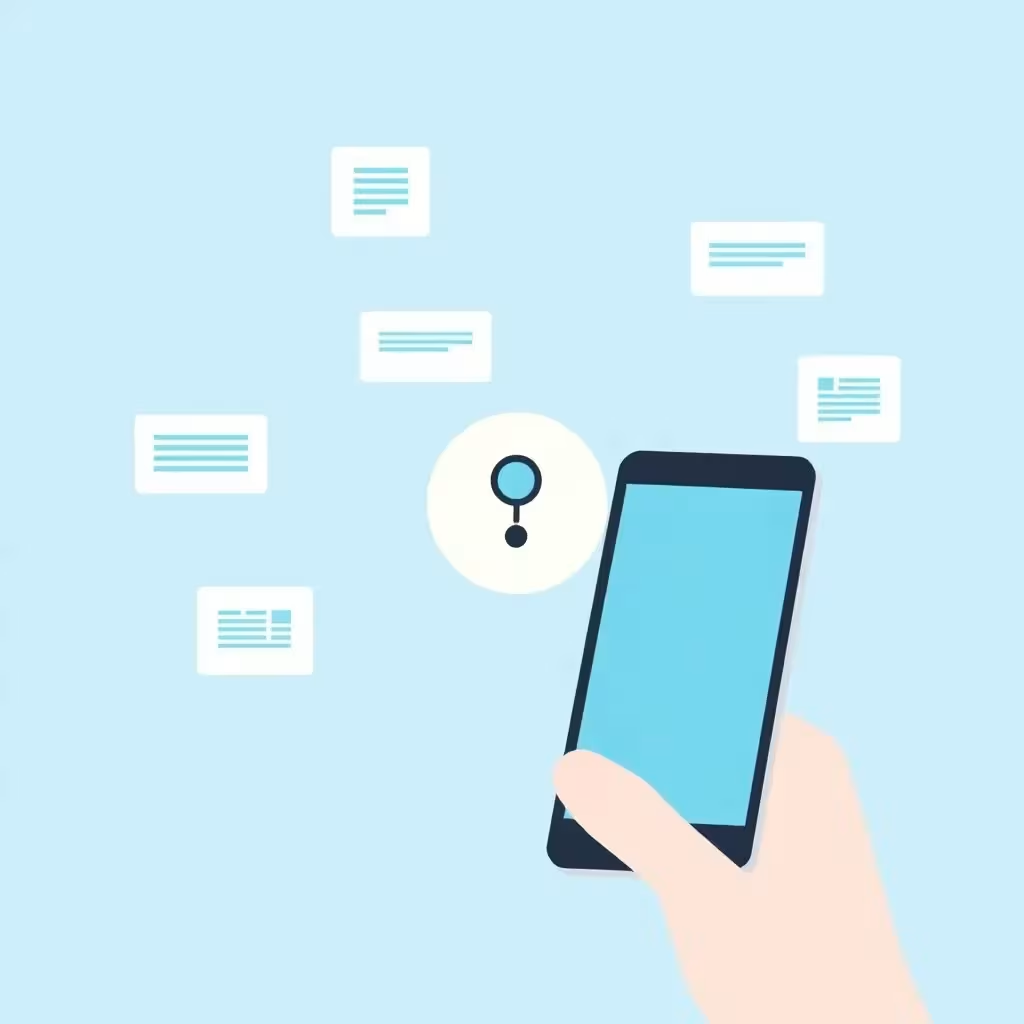Blogs & Websites: Using images in a legally compliant manner
Anyone who has a blog or website operates, knows its way around copyright. Creating images and text content is extremely tedious. The Google ranking is improved by unique texts and images, which leads to increased traffic. It is all the more important that the hard-earned elements are not simply copied by competitors. This can devalue your own ranking in search engines. Whoever notices infringements, warns his competitors and threatens a renewed infringement with a contractual penalty.
Dos and Dont's with pictures
Images may generally only be used with the consent of the copyright holder. Every image is automatically protected by copyright and may not simply be copied or published by third parties. Anyone wishing to purchase images should focus on reputable image databases and websites. Those who purchase the rights to use images should be able to rely on the fact that the operators of the image databases have actually asked the photographers of the images for permission. If this is not the case, the photographer can issue a warning to the user, which is associated with immense costs. Anyone who has acquired image rights for "print" is only allowed to print the image, but not to publish it on the internet. Facebook use. Those who use "royalty-free" images are not allowed to use the images as they wish. Many photographers specify certain rights of use for their images. Those who simply copy images from the net or do not give the name of the photographer can be liable to prosecution. One of the most common pitfalls is that an image is purchased, but the license does not cover the particular field of activity. For example, editing images without a right to edit. Anyone who has been warned should not sign the attached cease-and-desist declaration without checking it.
Who has the right to the picture?
The right to the image is basically held by the person who took it. The author may determine whether and how his images are used. § Section 19a of the Copyright Act states that the author has the right to make the images "publicly accessible". If blog owners want to use images, they need sublicensing. Without the explicit consent of the copyright holder, the images may not be used in online shops, blogs, advertisements or on other websites. If the copyright holder of an image cannot be identified, the image should not be used under any circumstances. Otherwise, considerable legal problems could arise. Image databases sometimes provide royalty-free or free images. Caution is advised here - royalty-free does not mean "rights-free". The user must have a Contract conclude about the use of the images. In many situations, the use of the images is restricted to private blogs. Those who use the images on commercial blogs must expect warnings. For some images, it is mandatory to name the photographer. Pay attention to the exact designation of the license. Whoever acquires the right to an "online license" is not allowed to use the image on a printed flyer.
What rights of use are there?
The rights of use of the image can be arranged as desired. Images are provided with a simple or exclusive right of use. Some rights of use are granted for a limited time or are restricted to areas such as print, online media and social media. Internationally operating companies should inquire whether the use of the images is limited to a specific country. Photographers agree with image databases that they may grant sublicenses for their images. It should be clarified whether the images may only be used or edited in their original form. Some photographers or agencies restrict the right of use to purely private, commercial or editorial purposes. There are numerous image platforms on the Internet, such as Pixelio or Fotolia, which make images available against payment or free of charge. In the case of image databases, it is essential to read the licence conditions.
What are "legal problems"?
Some blog operators think that they could counter a warning by simply deleting the images in question. Unfortunately, the situation is not that simple. Most authors do not ask the user of the images to cease and desist themselves, but hire lawyers to enforce their rights. This is due to the fact that a large number of infringements of rights occur, which must be dealt with professionally. The user of a picture cannot tick off the warning with a simple deletion of the picture. The author of the picture is entitled to information about the extent to which the picture was used. In the case of commercial use, the author is entitled to extensive claims for damages. In addition, the user of the picture must bear the legal costs of the other party. Some courts evaluate the object value of a protected photograph at just under 3,000 euros. This results in attorney's fees of about 300 Euro - per picture!



